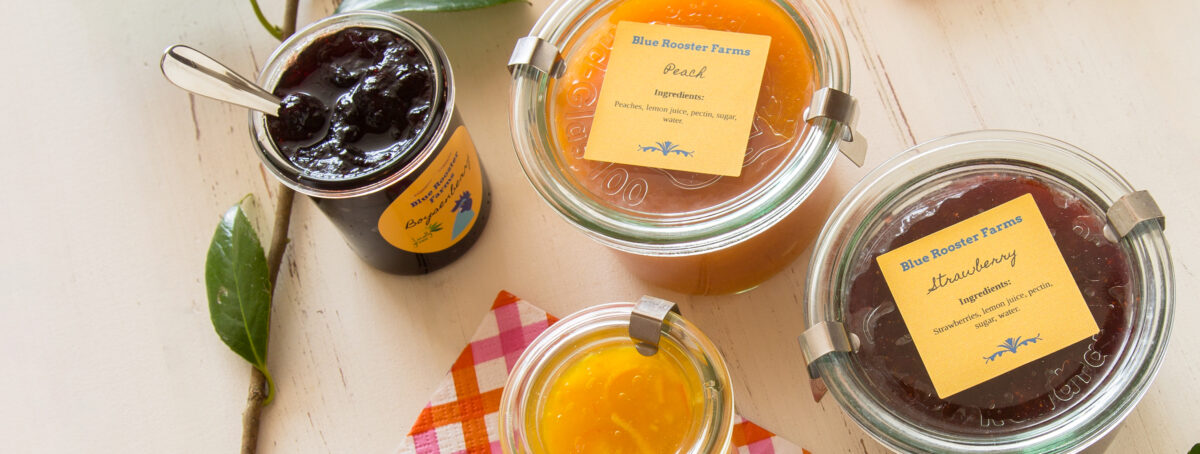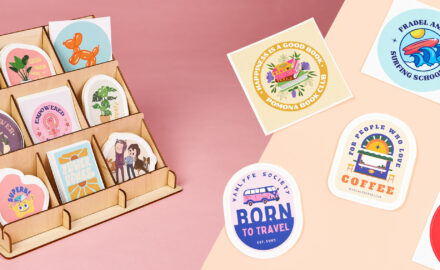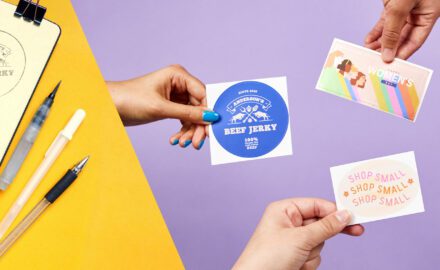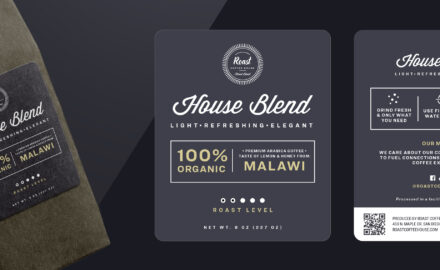A step-by-step guide to creating clear and compliant ingredient labels
Other articles you might like:
In the world of food products, creating accurate and comprehensive ingredient labels is crucial. Whether you’re an experienced food manufacturer or a home-based entrepreneur, providing transparent information about what goes into your products builds trust and helps ensure the safety of consumers. In this article, we provide a step-by-step guide on how to make ingredient labels, with the help of Avery Labels and ReciPal.
Step 1: Understand labeling regulations
Before diving into the label-making process, it’s essential to understand the regulations governing food product labeling. Requirements may vary by country, but generally, labels should include a list of ingredients, allergen information, nutritional facts, and contact information for the manufacturer or distributor. Familiarize yourself with the specific regulations applicable to your region to ensure compliance.
Step 2: Compile your recipe and gather information
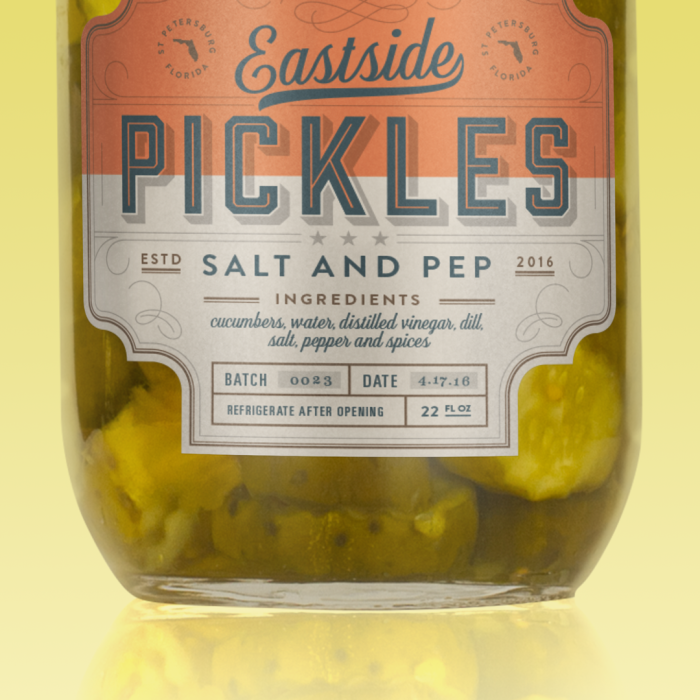
Put together a comprehensive list of all the ingredients used in your product. Include precise measurements and also note any potential allergens. It’s essential to have accurate information on serving sizes, calories, and other nutritional details as well. If you’re unsure about specific details, consult with a nutritionist or use reliable resources such as the USDA food database.
Step 3: Utilize ReciPal
ReciPal is a valuable online tool designed to simplify the process of creating food labels. It allows users to input their recipes, automatically generates nutrition facts, and creates professional-looking labels. To use ReciPal, simply sign up for an account, input your ingredients and quantities, and the platform will do the rest. You can then download your label in various formats, making it easy to incorporate into your packaging design.
Step 4: Choose the right label material
Once you have your digital label from ReciPal, it’s time to bring it to life. Avery is a well-known provider of labeling materials and solutions. We offer a range of durable label materials in various product sizes and shapes. You can even get custom shapes and sizes at no extra charge. And with our easy-to-use software, you can simply upload your ReciPal ingredient label onto an existing product label design or create individual ingredient labels using one of our blank templates. Just choose the one that best fits your packaging design and drop in your ingredient label.
Step 5: Design a clear, informative label
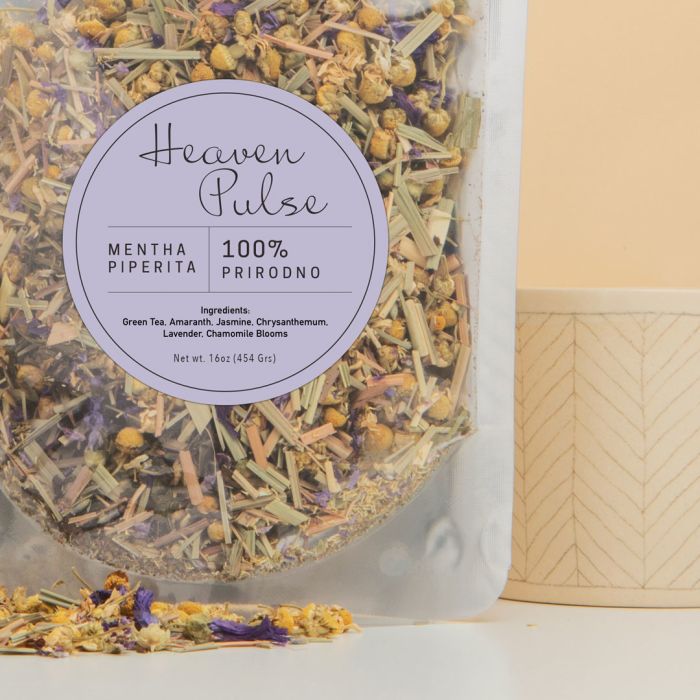
The design of your label is just as important as the information it contains. Ensure that your label is easy to read, with a legible font and a layout that highlights essential information. Use contrasting colors to make allergen information stand out, and consider including any certifications or awards your product may have earned.
Step 6: Proofread
Before finalizing your labels, proofread them thoroughly to catch any errors or omissions. Additionally, have others review the labels to ensure accuracy and clarity. Mistakes on labels can lead to regulatory issues and erode consumer trust, so it’s crucial to get it right.
Step 7: Order custom printing or DIY
Once you’ve designed your labels in the Avery software, then you can simply choose to order professionally printed labels from Avery WePrint or you can print them yourself using our blank labels by sheet or our packaged retail labels. And if you need any help along the way, feel free to reach out our top-rated Avery customer care team at (800) 942-8379. They’ll be happy to help you with any labeling questions you might have.
In conclusion
Creating ingredient labels is a vital step in bringing a food product to market. Using tools like ReciPal for nutrition analysis and Avery for label printing can streamline the process and ensure that your labels are both compliant and visually appealing. By following these steps and leveraging the right resources, you can provide consumers with the information they need to make informed choices about the products they consume.

